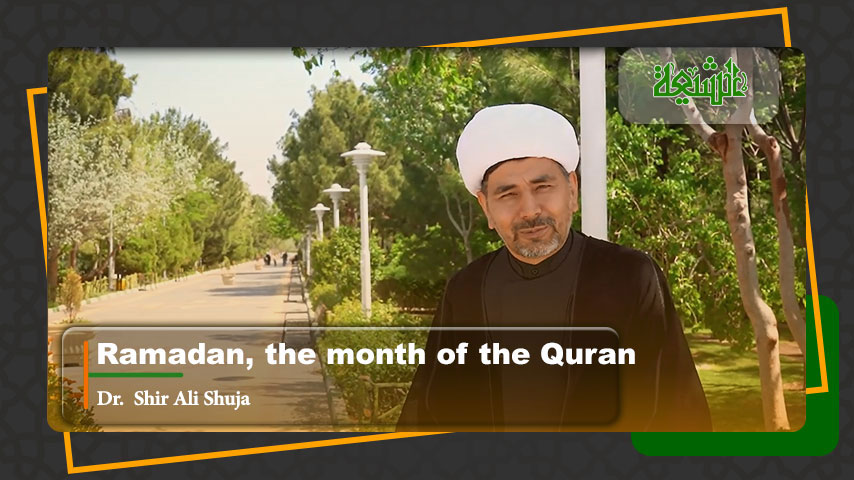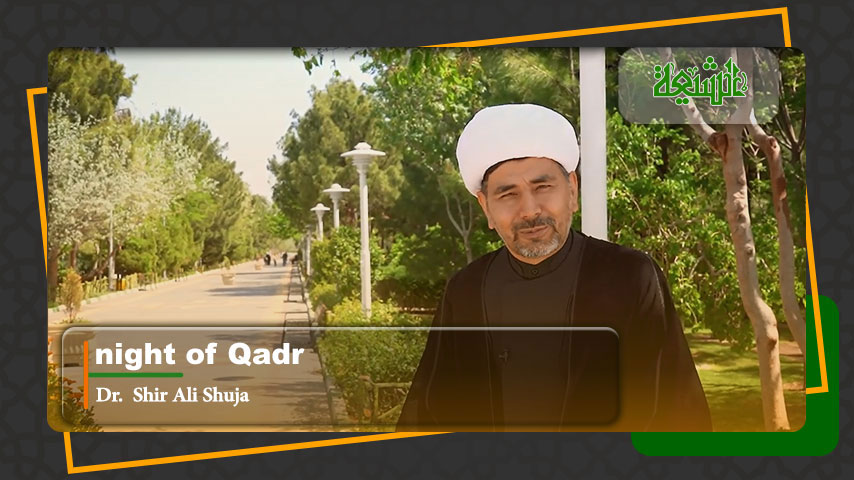Hadith is the second primary source of the Islamic laws, which is believed to be a record of the words, actions, and the silent approval of the noble Prophet Muhammad and his pure household (Ahl-al-Bayt) as transmitted through chains of narrators. In other words, the hadith is transmitted reports about what Prophet Muhammad and his pure household (Ahl-al-Bayt) said and did.
The principle that the hadith possesses validity, as attested by the Quran, is not at all disputed among Shi’ites or in fact among all Muslims. But because of the failure of some of the early rulers of Islam in preserving and guarding the hadith, and the excesses of a group among the Companions and followers of the Prophet in propagating hadith literature, the corpus of hadith came to face a certain number of difficulties.
On the one hand, the Caliphs of the time prevented the writing down and recording of the hadith and ordered any pages containing texts of hadith to be burned. Sometimes also any increase in activity in the transmission and study of hadith was forbidden. In this way, a certain number of hadiths were forgotten or lost and a few were even transmitted with a different or distorted meaning.
On the other hand, another tendency also prevailed among another group of the Companions of the Holy Prophet who had had the honour of seeing him and actually hearing his words. This group, which was respected by the Caliphs and the Muslim community, began an intense effort to propagate the hadith.
This was carried to such an extent that sometimes hadith overruled the Quran and the injunction of a Quranic verse was even considered abrogated by some people through a hadith. Often the transmitters of hadith would travel many miles and bear all the difficulties of travelling in order to hear a single saying.
A group of outsiders who had worn the dress of Islam and also some of the enemies within the ranks of Islam began to change and distort some of the hadith and thus diminished the reliability and validity of the hadith that was then heard and known. For this very reason, Islamic scholars began to think of a solution.
They created the sciences concerned with the biography of learned men and chains of transmission of hadith in order to be able to discriminate between true and false hadith.
The Method of Authenticating the Hadith
Shi’ism, in addition to seeking to authenticate the chain of transmission of hadith, considers the correlation of the text of the hadith with the Quran as a necessary condition for its validity. In other words, conformity of contents of the hadith with the Qur’an is a way of establishing the authenticity of the hadith. In Shi’ite sources, there are many hadiths of the Prophet and the infallible Imams with authentic chains of transmission which themselves assert that a hadith contrary to the Quran has no value. Only that hadith can be considered valid which is in agreement with the Quran.
Based on these hadiths, Shi’ism does not act upon those hadiths which are contrary to the text of the Quran. As for the hadiths whose agreement or disagreement cannot be established, according to instructions received from Imams, they are passed by in silence without being accepted or rejected. Needless to say, there are also within Shi’ism those who, like a group among the Sunnis, act on any hadith whatsoever which they happen to find in different traditional sources.
The Method of Following the Hadith
A hadith heard directly from the mouth of the Prophet or one of the Imams is accepted as is the Quran. As for hadiths received through intermediaries, the majority of Shi’ites act upon them if their chain of transmission is established at every step or if there exists definite proof concerning their truth, and, if they are concerned with fundamentals of religion which require knowledge and certainty, according to the text of the Quran.
Other than these two kinds of hadith, no other hadith has any validity concerning the fundamentals of religion, the invalid hadith being called “tradition with a single transmitter” (Khabar Wahid). However, in establishing the injunctions of the Shari’ah, because of reasons that have been given, Shi’ites act also on a tradition which is generally accepted as reliable.
Therefore it can be said that in Shi’ism, a certain and definitely established hadith is absolutely binding and must be followed, while a hadith which is not absolutely established but which is generally considered reliable is utilized only in the elaboration of the injunctions of the Shari’ah.
















